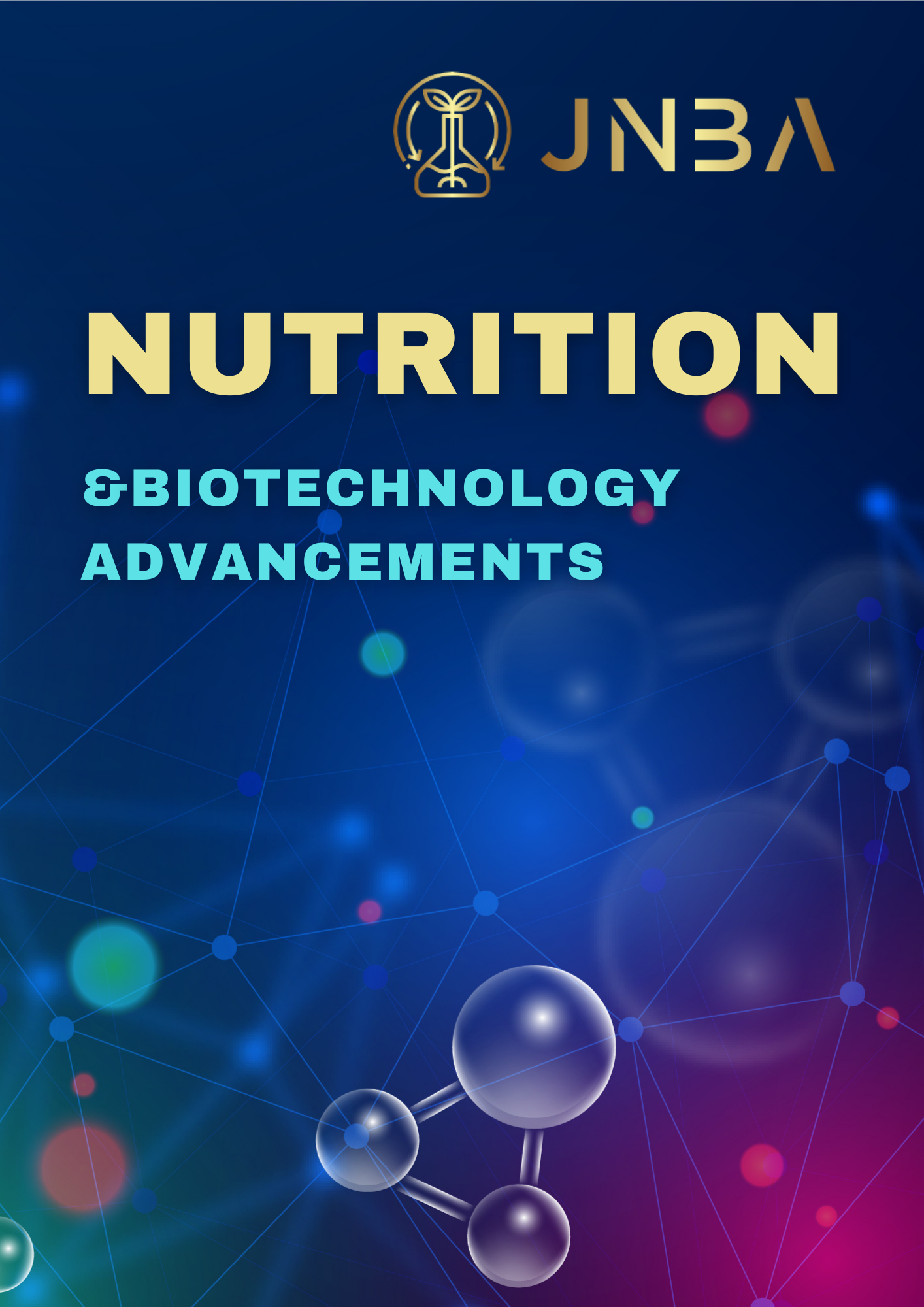Flaxseed oil supplementation improves lipid levels in the liver of aged obese rats
Keywords:
Linseed oil, Cafeteria diet, Lipid, obesity, aged rats, liverAbstract
Introduction: Flaxseed (Linum usitatissimum L.) oil is an excellent functional oil containing various unsaturated fatty acids, mainly composed of linolenic acid, which is believed to have a variety of beneficial physiological and functional properties. This study was conducted to evaluate the hepato protective effects of flaxseed oil. The aim was to study how dietary linseed oil modulates lipid level in the liver of aged obese rats.
Methods: aged rats were fed a control (C) or a Cafeteria (CAF) diet enriched or non-enriched with linseed oil at 5%. Changes in cholesterol (TC) and triglyceride (TG) and LCAT activity levels in the liver were determined at the end of the experiment.
Results: The cafeteria diet led to higher weight liver and hyperlipidemia, contents in liver of aged obese rats. Linseed oil (LO) supplementation modulates liver tissue TC and TG contents in both control and obese aged rats , with beneficial effects resulting in lower liver weight, decreased in TC,TG, low density lipoprotein-high density lipoprotein1(LDL-HDL-C), and increased in serum LCAT activity
Conclusion: The supplement of linseed oil in the diet of aged obese rats is effective in amelioration of [1]lipid liver profile in aged rats, which might contribute to prevent obesity and dyslipidemia.
References
– Bouanane,S, Benkalfat, N.B, Baba Ahmed, F.Z, Merzouk, H, Soulimane Mokhtari, .N, Merzouk S, et al.(2009). Time course of changes in serum oxidant/antioxidant status in cafeteria fed obese rats and their offspring.Clin Sci, 116,669-80. http/::DOI: 10.1042/CS20080413
– Glomset JA, Wright JL (1964). Some properties of cholesterol esterifying enzyme in human plasma. Biochim Biophys Acta .89:266–71. https://doi: 10.1016/0926-6569(64)90215-9
– Gan L, Chitturi S, Farrell GC (2011). Mechanisms and implications of age-related changes in the liver: nonalcoholic Fatty liver disease in the elderly. Curr. Gerontol. Geriatr. Res.831536. https://doi: 10.1155/2011/831536
– Ganorkar PM and R.K. Jain (2013). International Food Research Journal. 20(2), 519-525. http:// doi.org/10.1051/ocl/2018018
– Hussein J (2013). International Journal of Pharmacy and Pharmaceutical Sciences. 5(3), 38-46.
– Ide T, Kobayashi H, Ashakumary L, Rouyer IA, Takahashi Y, Aoyama T, et al (2000). Comparative effects of perilla and fish oils on the activity and gene expression of fatty acid oxidation enzymes in rat liver. Biochim Biophys Acta .1485:23–35. https://doi: 10.1016/s1388-1981(00)00026-3
– King JC (2000). Physiology pregnancy and nutrient metabolism. Am J Clin Nutr .71 Suppl 5:1218–25. https://doi: 10.1093/ajcn/71.5.1218s
– Meghelli-Bouchenak M, Boquillon M, Belleville J(1987). Serum lipoprotein composition and mounts during the consumption of two different low protein diets followed by a balanced diet. Nutr Rep Int .39:323–43. http://doi: 10.1093/jn/117.4.641
– Merzouk H, Lamri MY, Meghelli-Bouchenak M, Korso N, Prost J, Beleville J (1997). Serum lecithin: cholesterol acyl-transferase activity and HDL2 and HDL3 composition in small for gestational age newborns. Acta Pediatr 86:528±532. https://doi.org/10.1111/j.1651-2227.1997.tb08925.x
– Murase T, Aoki M, Tokimitsu I (2005). Supplementation with alphalinolenic
acid-rich diacylglycerol suppresses fatty liver formation accompanied by an up-regulation of beta oxidation in zucker fatty rats. Biochim Biophys Acta .1733(2Suppl3):224-31. 36.http://doi: 10.1016/j.bbalip.2004.12.015. Epub 2005 Jan 13.
– Rasmy GE (2007). Protective effect of linseed oil on hyperlipidemia in experimental animals. J Genet Eng Biotechnol.5:9-17.http:// doi: 10.46325/JNPRA
– Sheril A, Jeyakumar SM, Jayashree T, Giridharan NV, Vajreswari (2009).Impact of feeding polyunsaturated fatty acids on cholesterol metabolism of dyslipidemic obese rats of WNIN/GR-Ob strain. Atherosclerosis .204:136-40. http://doi: 10.1016/j.atherosclerosis.2008.08.021
– Tzang BS, Yang SF, Fu SG, Yang HC, Sun HL, Chen YC (2009). Effects of dietary flaxseed oil on cholesterol metabolism of hamsters. Food Chem.114:1450–5. http://doi: 10.1016/j.foodchem.2008.11.030
– Xu J, Yang W, Deng Q, Huang Q, Yang J, Huang F. Flaxseed oil (2012). and α-lipoic acid combination reduces atherosclerosis risk factors in rats fed a high-fat diet. Lipids Health Dis;11:148. http://www.lipidworld.com/content/11/1/148





